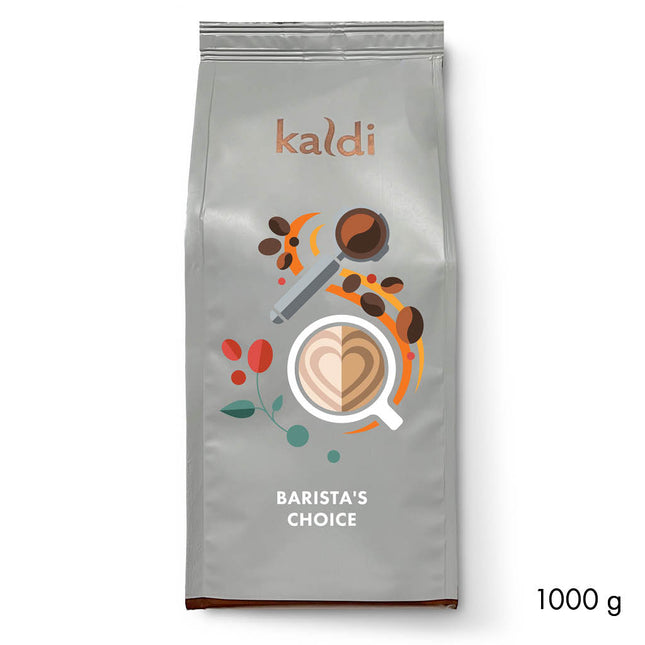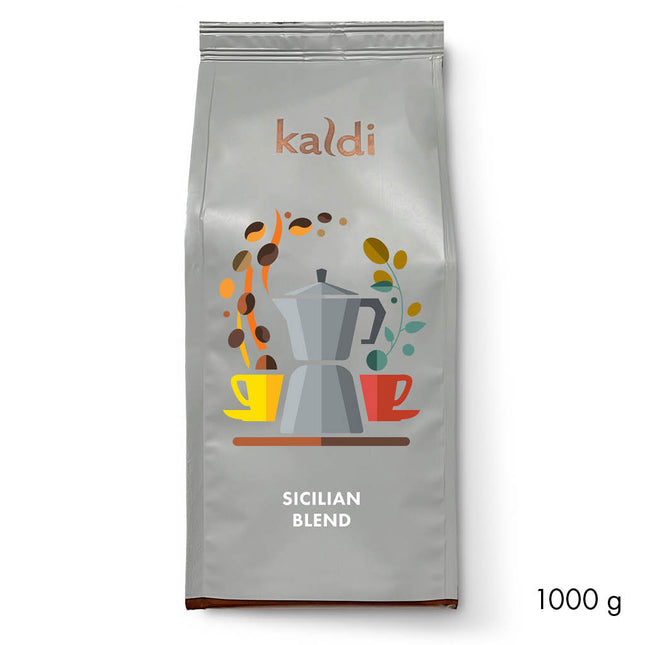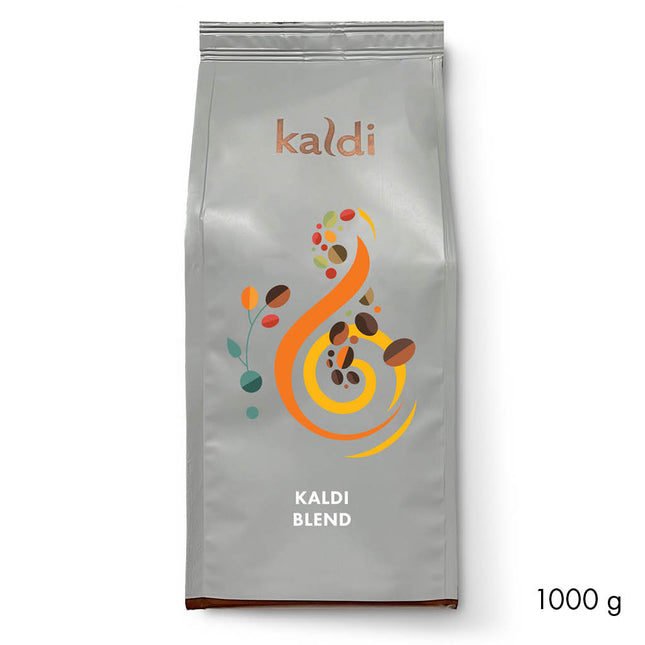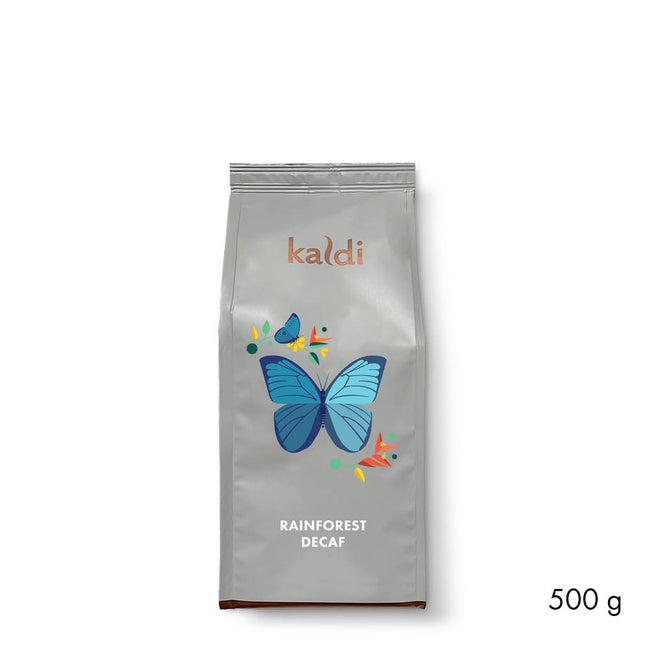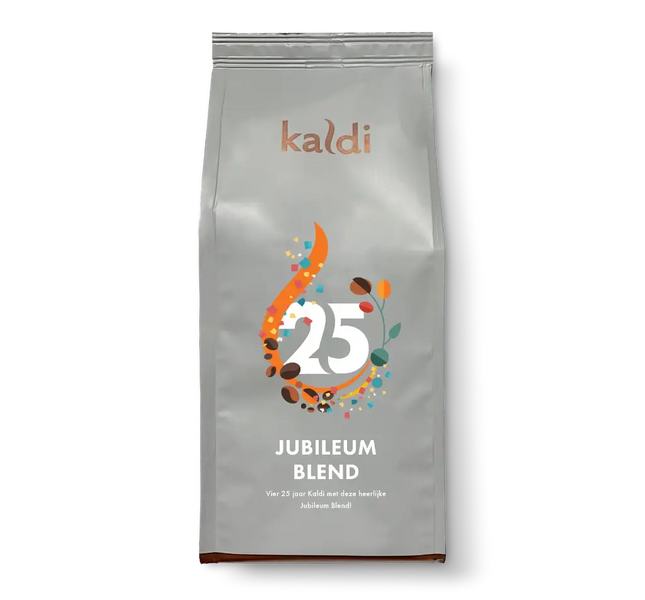

Marawattes?!
"There's an awful lot of coffee in Brazil," Frank Sinatra sang back in 1946. And it must be said: there really is a lot of coffee there. Robusta, and Arabica varieties like Bourbon, Heirloom, and Typica.
And within those species, there are many more varieties. I'd like to dwell a little longer on one of those varieties within the Typica branch. In the northeast of the Bahia region in Brazil, one of the largest coffee-producing regions, a very strange variant of Typica arabica was discovered at the end of the 19th century; it was coffee, but with incredibly large coffee beans! Actually, about one and a half to two times larger than the Arabica beans known at the time. It looked like an elephant bean! And so, ever since, people often referred to it as the elephant bean, although the plant is officially named after the place where it was discovered: Maragogype. Marawattes?! Ma-ra-go-giep!
The biggest drawback of this spontaneous Arabica bean mutation is that Maragogype trees are expensive to maintain and have a low yield. However, the Maragogype bean is indeed beautiful to look at, and the coffee it produces is exceptionally delicious. The flavor is smooth and slightly fruity, and especially when brewed using slow coffee methods, such as the good old-fashioned filter, the flavors are beautifully developed. That's why Maragogype is now also being grown in other countries. Our Maragogype comes from Finca El Poste in Nicaragua and, at the time of this writing – December 2014 – is available in limited quantities here.
Jacu yuck?!
"Bird coffee" (actually Bird Friendly coffee) is a widely accepted term within the coffee world. What we mean is that on the plantations, there are trees among the coffee bushes, where birds and insects can nest, sleep, and shelter. Good for these animals, good for maintaining the ecological balance, and also very good for the coffee! Because this gives the coffee bushes more shade and cooler temperatures. They grow a bit slower, but the beans have more time to develop their flavor! Production costs are somewhat higher than on regular plantations, however, because the trees mean there's less effective growing space, and you also have to harvest around them. So "Bird coffee" is about more than just birds. But sometimes, quite literally, it's about birds!
Because in Brazil lives a strange bird: the Jacu. This pheasant-like bird has been introduced to only a few plantations, including Camocim, because the Jacu simply loves coffee berries! But only the most delicious, perfectly ripe, red berries. The berries are of no value to the farmer, but the beans within them are! Thanks to the Jacu, the farmer finds the highest quality beans in the feces, which are only slightly altered in the gastrointestinal tract. A similar and more familiar story concerns the Kopi Luwak from Indonesia. Unfortunately, the Luwak is also increasingly kept in cages, and not all Kopi Luwak are bona fide anymore. While the Jacu has been introduced to the plantations, the bird thrives there and lives in complete freedom.
Jacu, yuck?! No way! Jacu's coffee is slightly sweet with a full body and hints of spicy spices like cinnamon and pepper. Our Jacu Bird Coffee comes from Camocim and is currently in limited supply at the time of writing – December 2014.

